
|
The Astrology Center of America, 207 Victory Lane, Bel Air, MD 21014 Tel: 410-638-7761; Toll-free (orders only): 800-475-2272 |
||||||
|---|---|---|---|---|---|---|
| Vedic TITLE Index | Vedic AUTHOR Index | Vedic PAGES Index | Vedic SEARCH Engine | Astrology Home | E-Mail: | |
 |
Vedic Astrology by:Members of B.V. Raman's family |
B.V. Raman came from a family of astrologers. His grandfather was the famous B. Suryanarain Rao, his uncle was B. Lakshminarain Rao, his daughter is Gayatri Devi Vasudev, his son is B. Niranjan Babu. The grandfather was a noted author in his day, the daughter has become one in ours.
Other B.V. Raman pages:
B.V. Raman, page 1
B.V. Raman, page 2
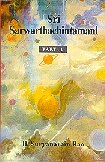
|
||
 |
||

|
||
Books by Gayatri Devi Vasudev

|
||
 |
||
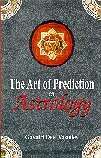
|
||
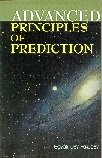
|
||
 |
||
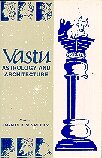
|
||
 |
||
A Book by B. Niranjan Babu, Raman's son:
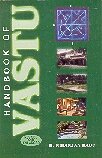
|
||
Other B.V. Raman pages:
B.V. Raman, page 1
B.V. Raman, page 2

The Astrology Center of America
207 Victory Lane, Bel Air, MD 21014
Tel: 410-638-7761; Toll-free (orders only): 800-475-2272
| Vedic TITLE Index | Vedic AUTHOR Index | Vedic PAGES Index | Vedic SEARCH Engine | Astrology Home | E-Mail: |
|---|